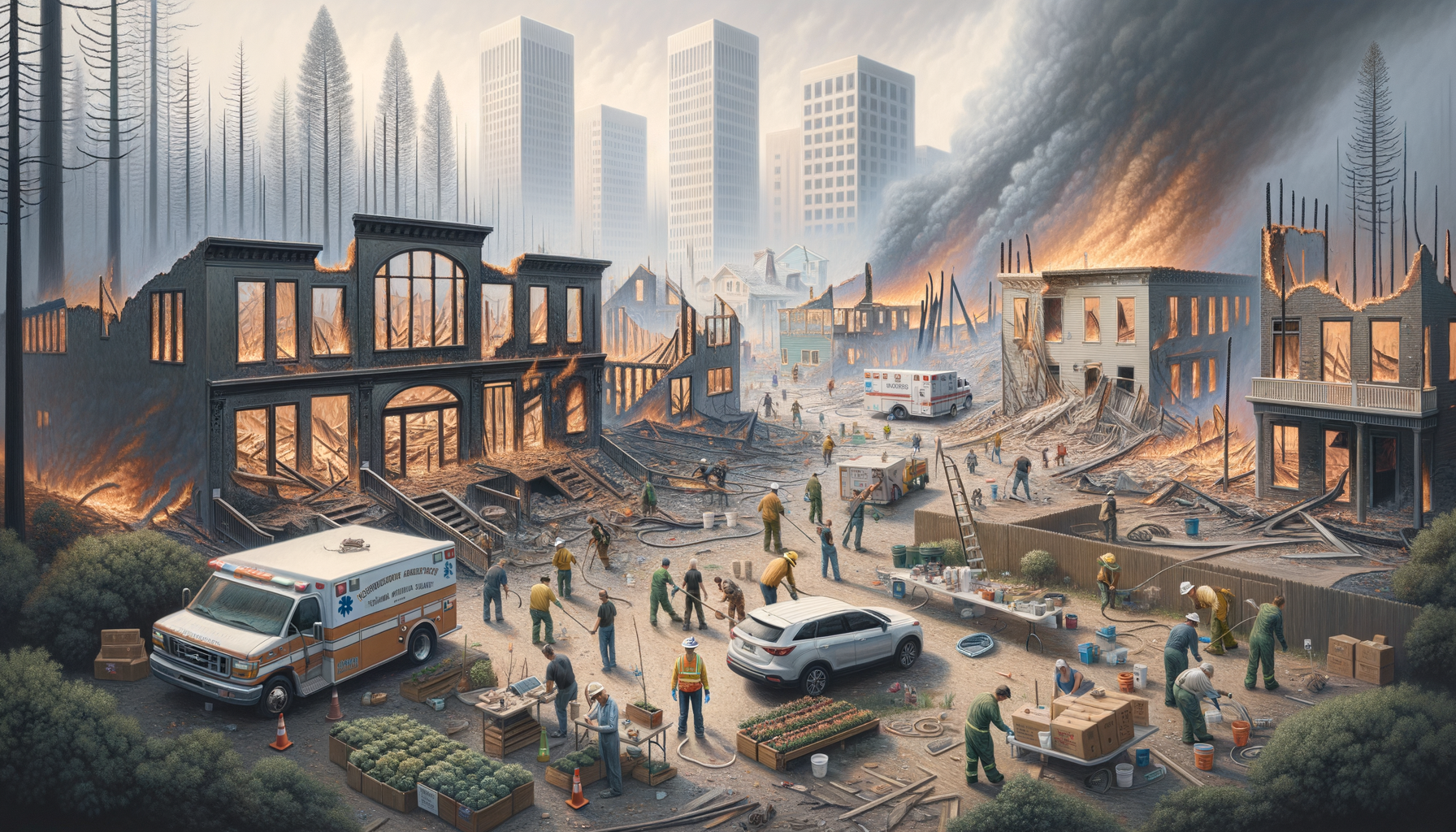Rebuilding Los Angeles: Navigating the Aftermath of Devastating Wildfires

Understanding the Aftermath of LA’s Devastating Fires
The recent wildfires that swept through Los Angeles have left a profound impact on both the environment and the community. As the city begins to recover, it’s crucial to examine the broader implications and the steps being taken to rebuild.
Environmental Impact
The fires have drastically altered the local ecosystem:
- Air Quality: Significant deterioration in air quality has been reported, affecting millions.
- Wildlife: Numerous animal habitats have been destroyed, leading to displacement and loss of biodiversity.
- Soil Quality: The loss of vegetation has increased soil erosion, posing risks for future landslides.
Community and Economic Effects
The fires have had a ripple effect on the local economy and the well-being of residents:
- Housing Crisis: Thousands have been displaced, leading to increased demand for housing and rising prices.
- Business Shutdowns: Many small businesses have been forced to close, exacerbating economic challenges.
- Health Concerns: Prolonged exposure to smoke has led to respiratory issues among the population.
“Rebuilding LA is not just about restoring buildings, but about healing the community and restoring hope.”
Recovery and Rebuilding Efforts
In response to the devastation, various initiatives are underway to aid recovery:
- Government Aid: Federal and state funds have been allocated to support rebuilding efforts.
- Community Support: Local organizations are providing resources and assistance to affected families.
- Environmental Restoration: Projects aimed at reforestation and soil stabilization are being implemented.
Looking Ahead
As Los Angeles moves forward, the focus remains on comprehensive recovery strategies that address both immediate needs and long-term sustainability. By fostering community resilience and investing in environmental preservation, LA aims to emerge stronger from this crisis.